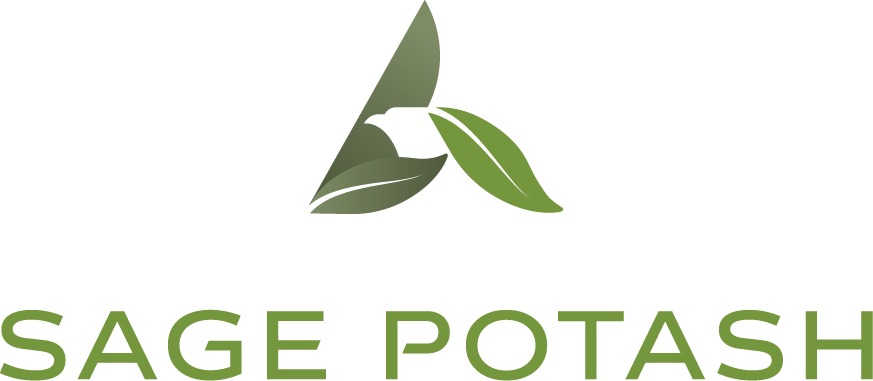Main Menu
Potash 101
Main Menu
Main Menu
A BETTER WAY TO PRODUCE
Solution Mining is a proven and well-known technique where Potassium Chloride(KCl), commonly referred to as Potash, is dissolved by salt saturated brine injected into sylvinite layers to form caverns. The potassium-bearing solution is pumped to the surface for recrystallization and final processing. Surface processing is initiated either by evaporation ponds or mechanical evaporation. Where water is plentiful, evaporation ponds may be ideal. In arid or semi-arid agricultural zones, mechanical evaporation may be preferable as this process requires far less water and can utilize brines which are not included in water rights but are included in existing mineral rights.
Cavern Development Techniques
Pilot Production:
15,000 TPY

Single Well Solution Mining
- Sump development
- Cavern control
- Cavern growth
- Primary Mining
Commercial Production:
50,000-150,000 TPY

Dual Well Solution Mining
- Well connection
- Cavern control
- Cavern growth
- Primary mining
- Secondary mining
Well Field Development:
200,000-500,000 TPY

Multi-Cavern, Single or Dual Well
- Directionally drilled from the central drill pad
- Minimize surface disturbance to ease access and minimize land use
- Centralize operations for controls, pumping, and piping
CRYSTALLIZER AND PROCESSING
Modular Mechanical Extraction of Potash
For decades, potash processing has typically been through concentration in ponds and flotation to separate salts. Challenges came with land and water availability, salt separation, and handling of salt wastes. Companies then focused on more efficient, consistent, mechanical methods which are not affected by weather and varying salt concentrations. Beneficially, custom potash levels can also be tailored to customer needs through this method. Many Canadian potash plants use evaporation-crystallization. Over the past 10 years great advances in surface processing using mechanical equipment (mostly factory or field assembled modules) provided optimized production at varying input salt levels and customized output finished product concentrations.

Benefits of Mechanical Evaporation
- Reduced water consumption.
- Reduced land footprint.
- Less visual impact on the surroundings.
- Modular “packaged” units for the systematic staging of production expansion.
- Increased tolerance to climate/weather impacts.
- Year-round production.




